Breast-feeding Can Reduce The Risk Of Hip Fractures Later In Life.
Breast-feeding can reduce the risk of hip fractures later in life.. Breast feeding may reduce risk for __ breast and ovarian cancer hip fractures later in life type 2 diabetes. Breast feeding helps mothers with __ weight. 558 19 The nutrient composition of breast milk remains constant throughout.
The sooner people adopt healthy lifestyle choices the more they can reduce risk factors for falls and hip injuries later in life. The majority of all hip and spine fractures among older white women can be attributed to underlying bone fragility. In early adulthood healthy habits can boost your peak bone mass.
Risk factors for hip fractures Age is a key risk factor with hip fractures more likely to occur in those aged 65 or older. Breastfeeding protects against hip fracture later in life. 557 18 Colostrum is rich in antibodies that help protect infants from infections.
More specifically there is a 12 decreased risk of hip fracture for every month of breastfeeding. Females are the group most prone to sustaining a hip fracture and therefore to increased mortality rates. In the United States more than 53 million people either already have osteoporosis or are at high risk due to low bone mass.
In some cases women develop osteoporosis during pregnancy or breastfeeding although this is rare. Some evidence suggests that the more times a woman has been pregnant for at least 28 weeks the greater her bone density and the lower her risk of fracture. Based on the fracture type and location the healing time.
21 October 2011 Bone. Three-quarters of all hip fractures occur in women. If you have had a spinal fracture doing special exercises after your baby is born can help to strengthen your back and reduce pain.
They calculated a 09 reduction of any fracture from osteoporosis for each month of breastfeeding. Exercise will help you to recover from your fracture but it is important to be cautious and take expert advice.
In some cases women develop osteoporosis during pregnancy or breastfeeding although this is rare.
Risk factors for hip fractures Age is a key risk factor with hip fractures more likely to occur in those aged 65 or older. To reduce the risk orthopedic experts recommend that following a fracture patients should have a bone density test evaluation of calcium and vitamin D levels and in nearly all cases. Exercise will help you to recover from your fracture but it is important to be cautious and take expert advice. Females are the group most prone to sustaining a hip fracture and therefore to increased mortality rates. 557 18 Colostrum is rich in antibodies that help protect infants from infections. 556 16 If a woman is breast-feeding she cannot get pregnant again. In 2010 more than 80 of the people hospitalized for hip fractures were age 65 and older according to the National Hospital Discharge Survey NHDS. In early adulthood healthy habits can boost your peak bone mass. A family history of osteoporosis or broken bones in later life puts you at greater risk for a hip fracture.
The ___ of breast milk changes as the infant grows. In some cases women develop osteoporosis during pregnancy or breastfeeding although this is rare. Risk factors for hip fractures Age is a key risk factor with hip fractures more likely to occur in those aged 65 or older. 557 18 Colostrum is rich in antibodies that help protect infants from infections. 556 16 If a woman is breast-feeding she cannot get pregnant again. A family history of osteoporosis or broken bones in later life puts you at greater risk for a hip fracture. Breast feeding may reduce risk for __ breast and ovarian cancer hip fractures later in life type 2 diabetes.

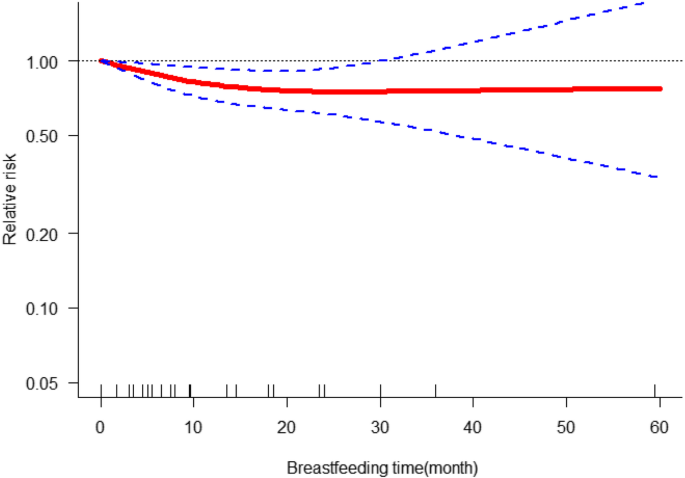
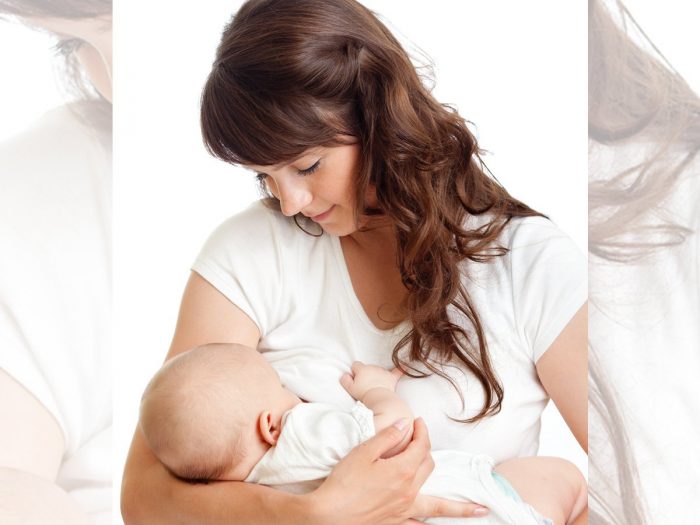


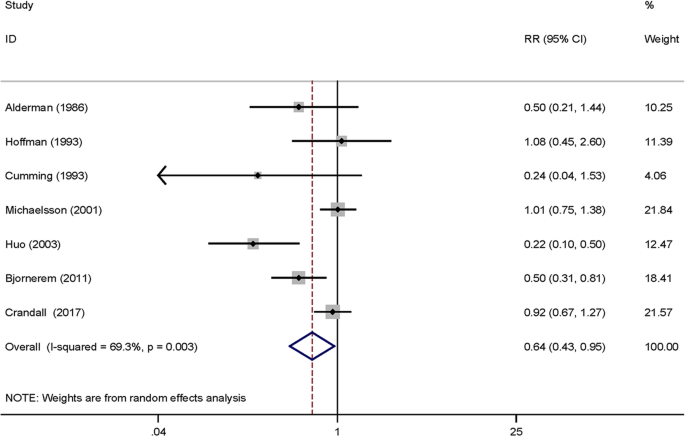


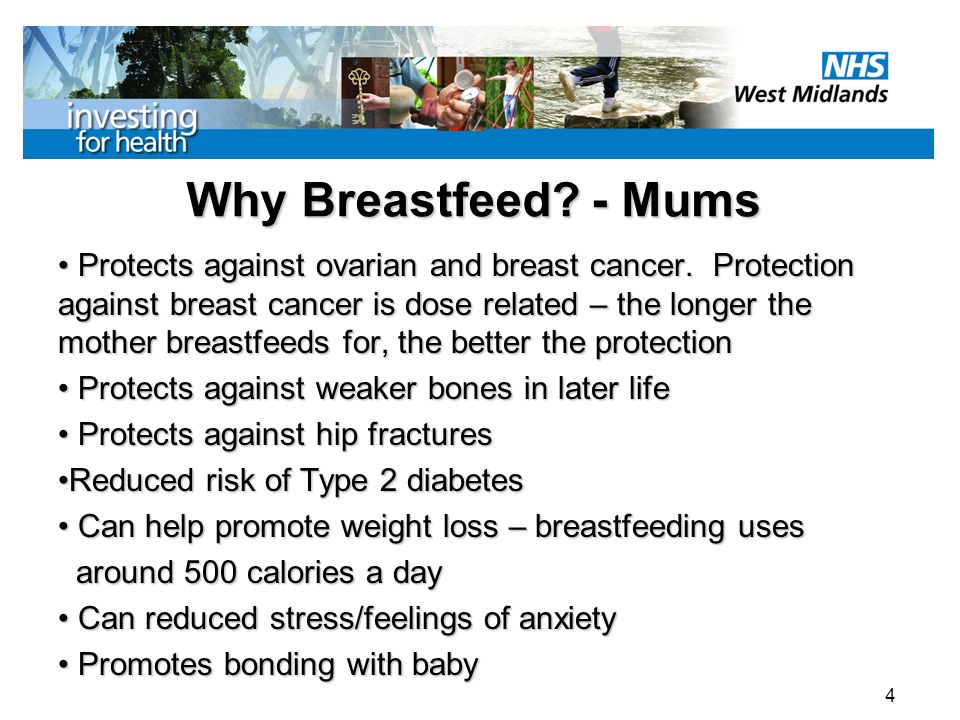

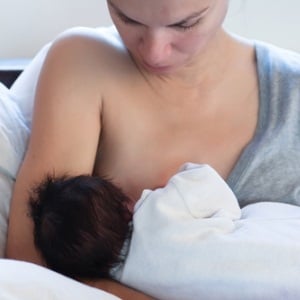

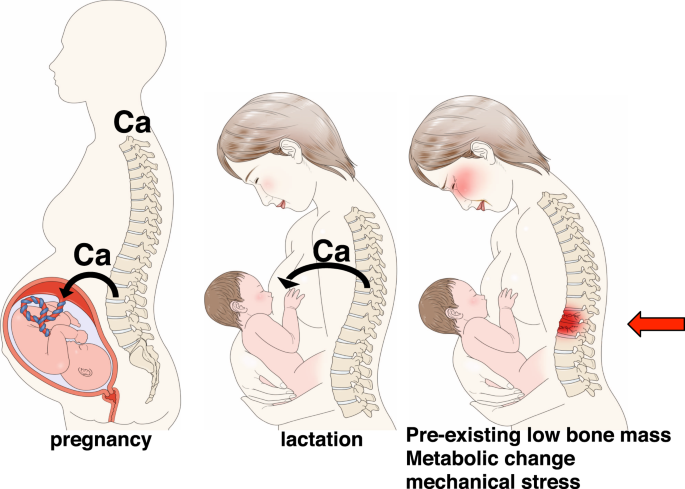
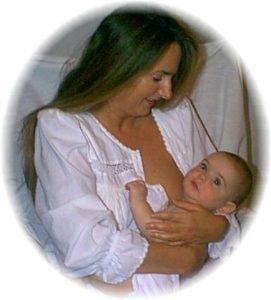
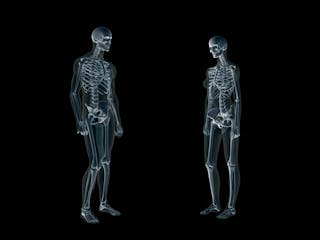



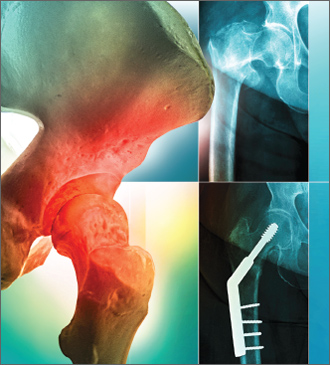



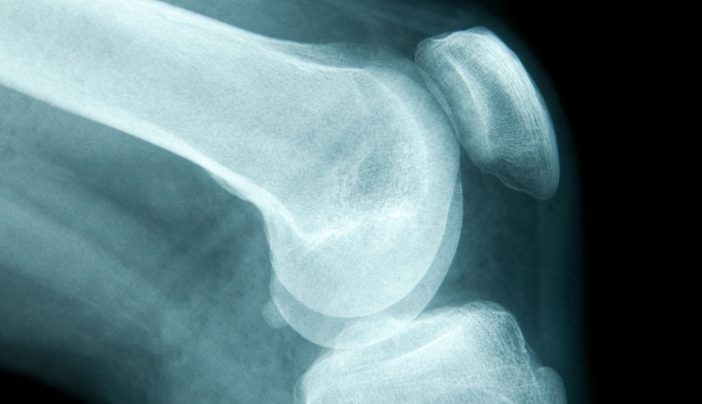



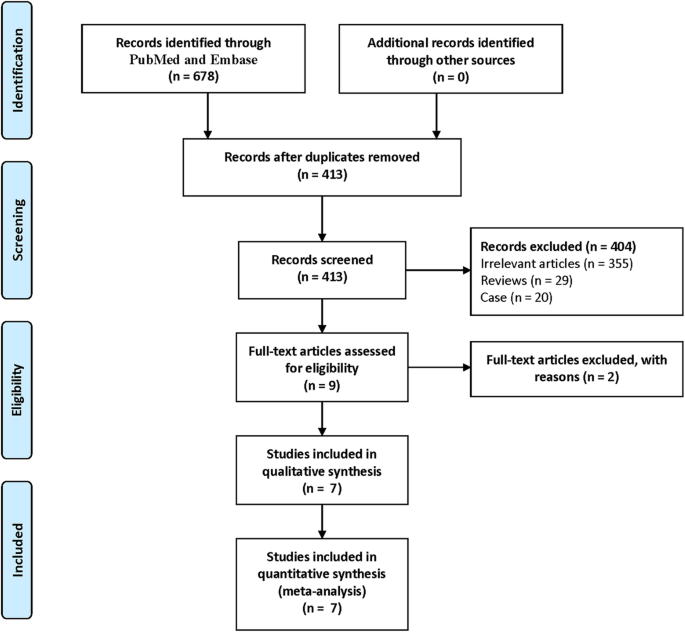












Post a Comment for "Breast-feeding Can Reduce The Risk Of Hip Fractures Later In Life."